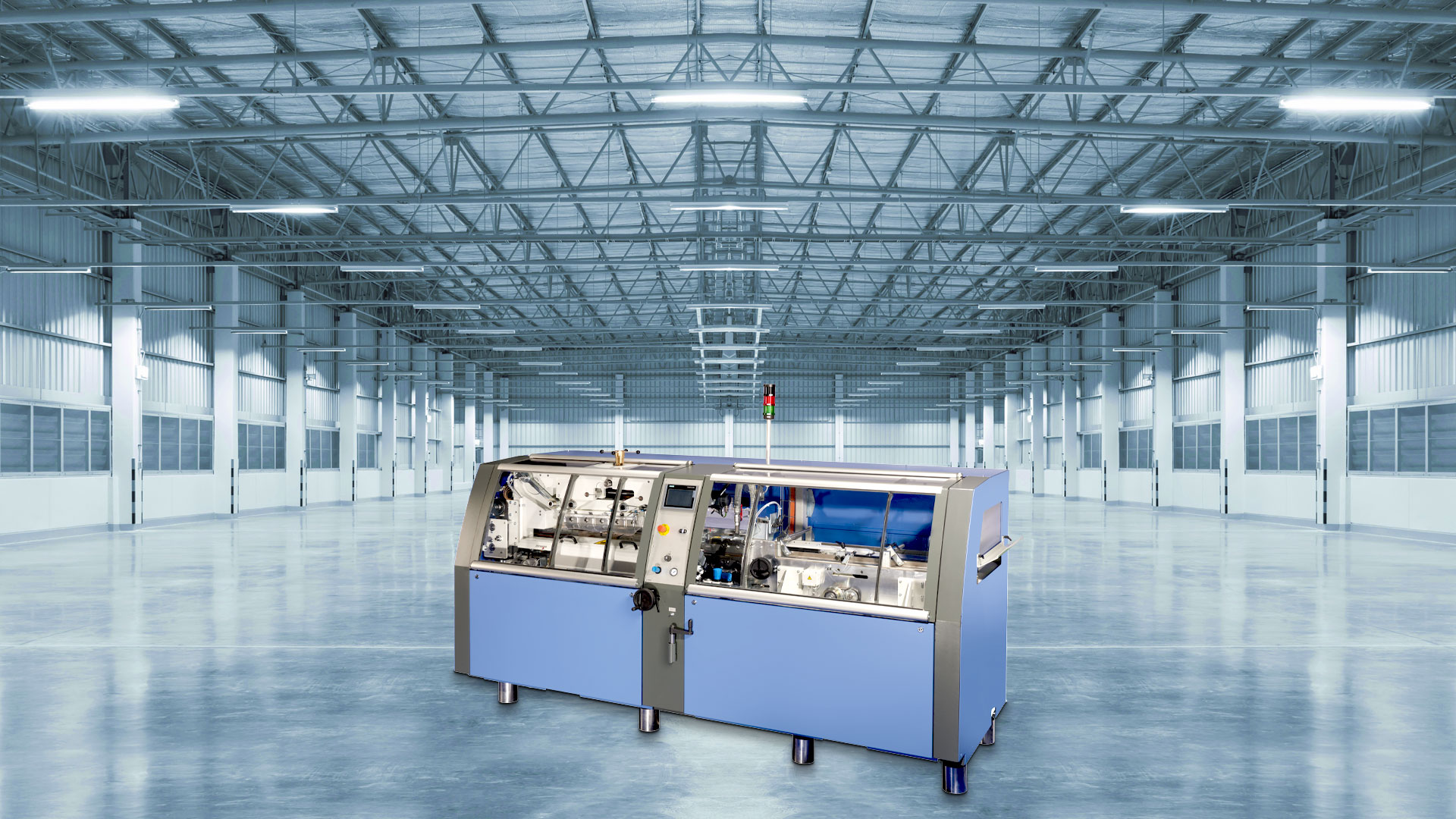The Polish company Drukarnia Normex in Gdansk has brought in reinforcements for the production of gatefolded brochures in the form of the FA 650 front trimming unit from Muller Martini.
For the company, the quality of its end products is a top priority. For this reason, a quality management system was introduced several years ago in order to meet market requirements in the best possible way. Drukarnia Normex is broadly positioned and produces both commercial printing types as well as magazines, calendars and books in softcover and hardcover versions for its customers. Recently, the demand for gatefold brochures and books has increased enormously. However, the technical equipment for producing such jobs was not optimal and they therefore had to go through the perfect binder twice.

With its investment in the FA 650 front trimming unit, Drukarnia Normex has been able to almost double its efficiency in the production of gatefolded brochures.
Muller Martini was able to offer a solution here at short notice in the form of the FA 650 front trimming unit, which supplements the perfect binder and is used in nearline operation. The FA 650 trims gatefolded brochures with flaps already inserted in a performance range of 4000 cycles per hour in “normal operation” or a maximum of 6000 products fed per hour when trimming two products in one cycle (3000 cuts per hour, maximum spine length 230 mm). It can be used as a solo machine or inline and then also in throughfeed mode (without front trim). The products are transported lying down and with the product spine to the right for import and export.
With its investment, Drukarnia Normex has been able to almost double its efficiency in the production of gatefolded brochures. It was important for the company to be able to continue working with the existing perfect binder for the time being and to be able to integrate the FA 650 front trimming unit into a future perfect binding line when a new system is purchased. The investment was co-financed under the Operational Program Intelligent Development 2014-2020 (credit for technological innovation) by European Economic Development Fund.
This text is reproduced with kind permission of Müller Martini, you can read the original article first published here
